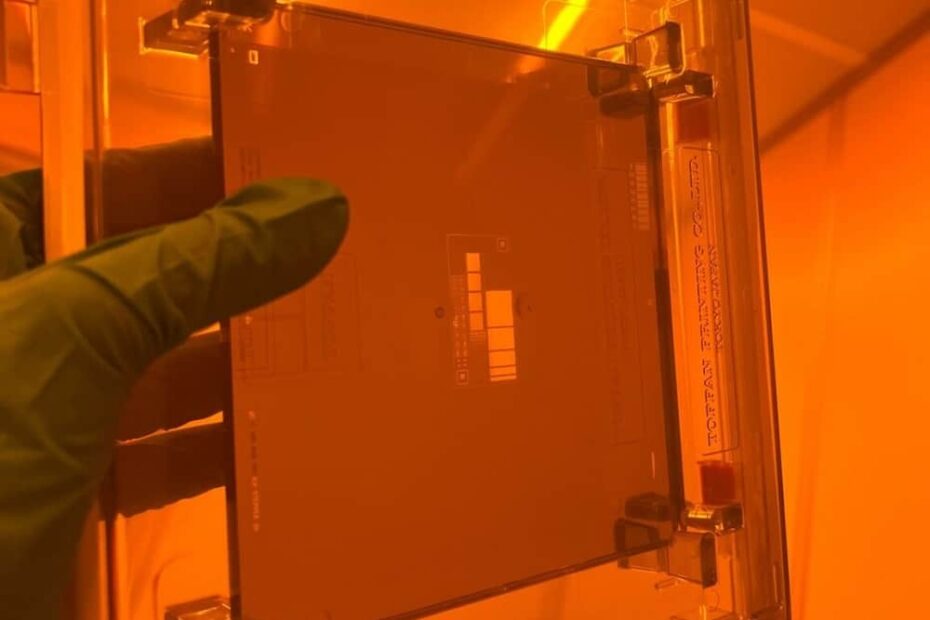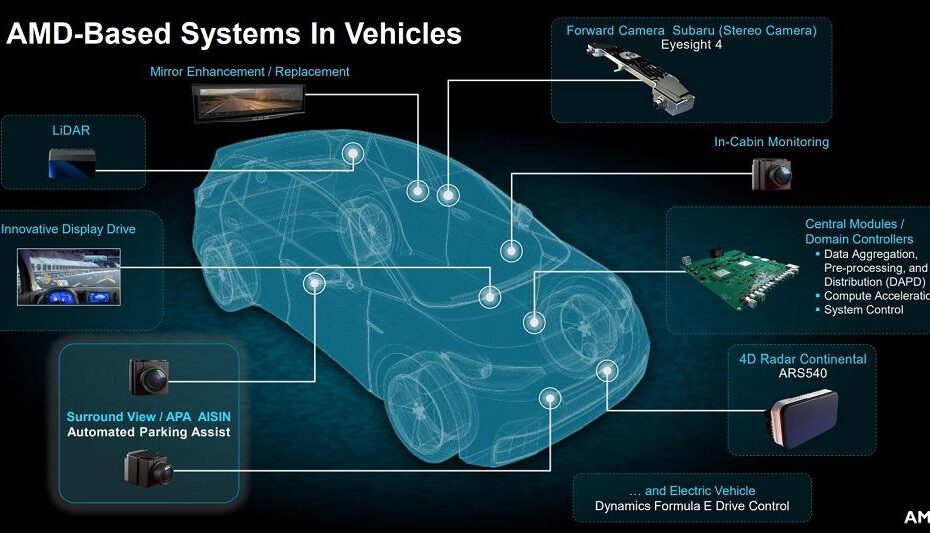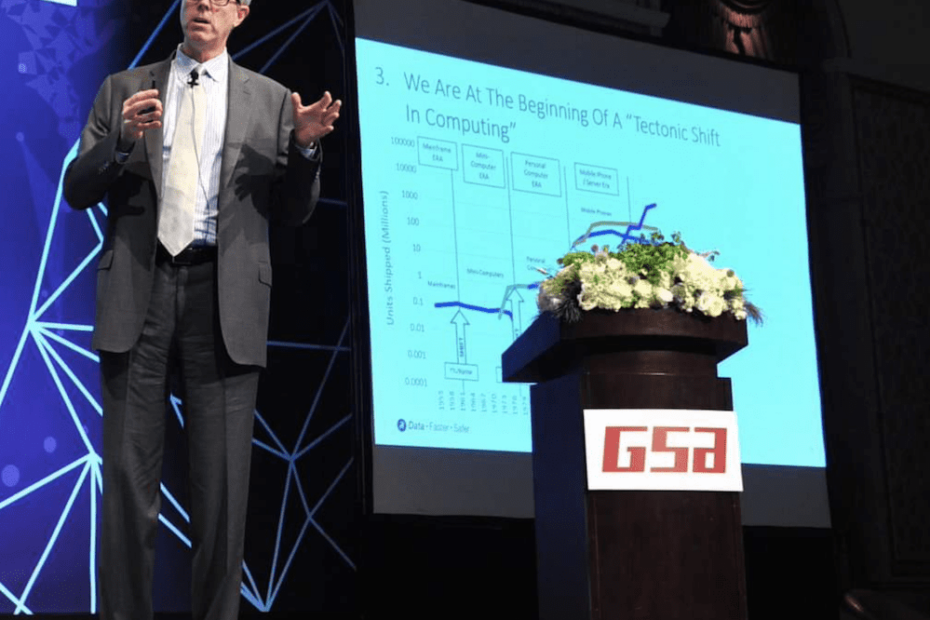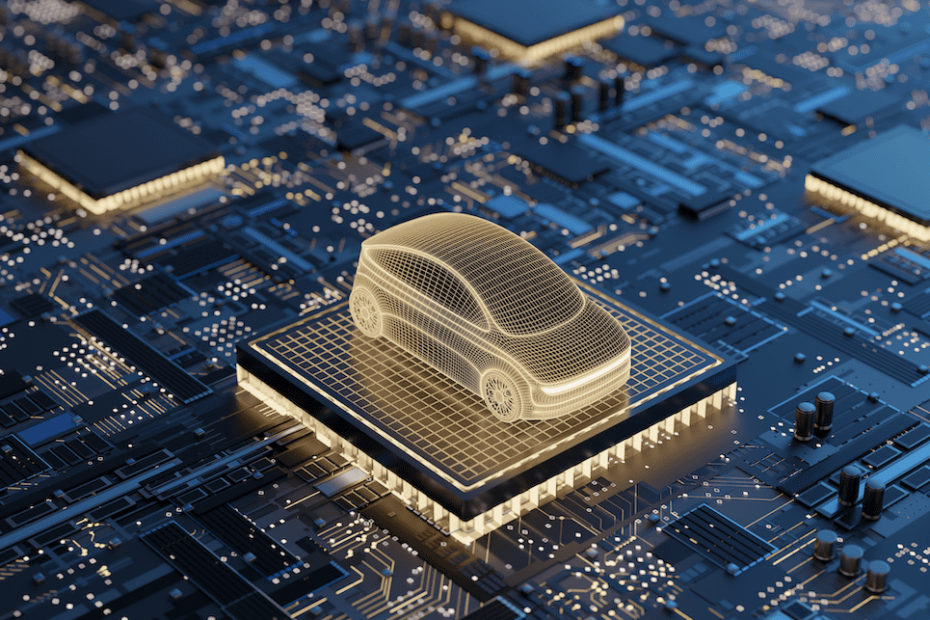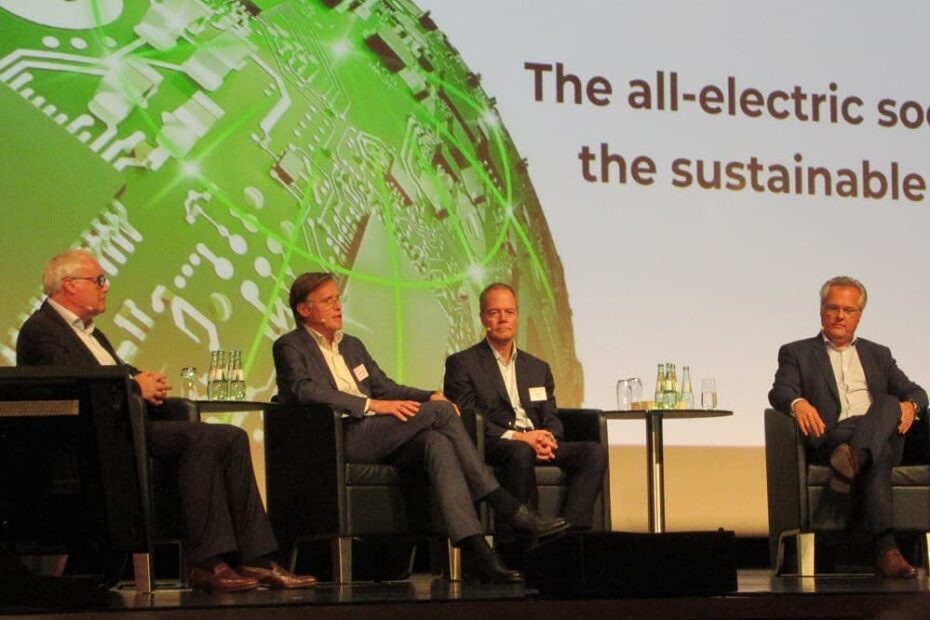Claiming a New MEMS Topology, Startup Promises ‘Disruption’
What’s at stake?
The performance of MEMS devices has stagnated because MEMS manufacturing process technologies have failed to advance significantly. An Los Angeles-based startup believes it can fix that. Omnitron Sensors claims to have proven its new process technology through development of an optical subsystem for MEMS lidar. Industry experts want to see Omnitron’s patents before judging whether “disruptive” is the word that applies to the new manufacturing process technology.
The semiconductor industry has Moore’s Law and process nodes. Both help chip developers gauge progress and advance chip designs.
But what about micro-mechanical systems, or MEMS?
Read More »Claiming a New MEMS Topology, Startup Promises ‘Disruption’
